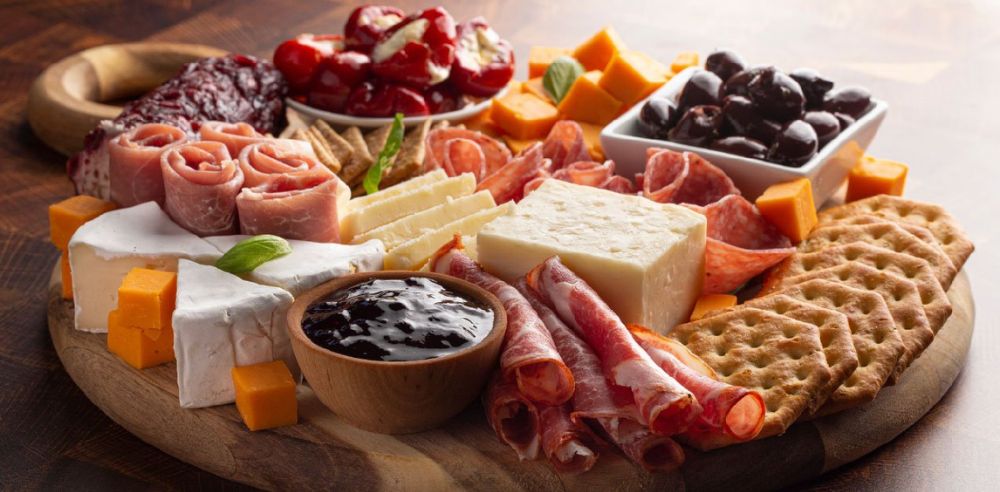Your Cart is Empty
USE CODE SMALL10 for 10% OFF AT CHECKOUT
USE CODE SMALL10 for 10% OFF AT CHECKOUT
USE CODE SMALL10 for 10% OFF AT CHECKOUT

December 20, 2023 2 min read
Charcuterie, the French culinary art of preparing and assembling cured meats and other complementary accouterments, has evolved into a beloved social and gastronomic experience. Whether you're hosting a casual get-together, a festive celebration, or a formal event, crafting the perfect charcuterie board can elevate your gathering to a memorable experience. In this comprehensive guide, we'll delve into the intricacies of charcuterie and explore how to curate the ideal charcuterie board for any occasion.
Charcuterie, derived from the French words "chair" (flesh) and "cuit" (cooked), traditionally refers to the preparation of pork products such as salami, sausages, and pâtés. However, the modern interpretation embraces an array of cured and smoked meats, cheeses, fruits, nuts, and condiments.
While charcuterie has its roots in preserving meats before refrigeration, contemporary charcuterie focuses on the artful arrangement of high-quality, flavorful components that appeal to diverse palates.
Begin your charcuterie journey by selecting a variety of cured meats. Opt for a mix of textures and flavors, including prosciutto, salami, chorizo, and coppa. Consider the preferences of your guests to cater to different tastes.
Explore lesser-known options like bresaola (air-dried, salted beef), duck prosciutto, or venison salami to add intrigue to your board.
Complement the meats with an assortment of cheeses that vary in milk type, texture, and flavor. Include crowd-pleasers like brie, aged cheddar, creamy blue cheese, and a tangy goat cheese.
Ensure a well-rounded cheese selection by incorporating options from different categories – soft, semi-soft, hard, and blue. This diversity caters to a broad range of preferences.
Elevate your charcuterie board by including an array of accompaniments. Artisanal bread, crisp crackers, olives, honey, grainy mustard, and pickles provide a delightful balance of textures and flavors.
Experiment with unconventional pairings like fig jam, truffle-infused honey, or pickled watermelon rinds to surprise and delight your guests.
The presentation is crucial in making your charcuterie board visually appealing. Arrange items in a deliberate manner, balancing colors, shapes, and sizes. Consider incorporating small bowls for condiments to avoid overcrowding.
Achieve a visually stunning presentation by layering cured meats and cheeses, interspersed with clusters of grapes, figs, or nuts. Embrace asymmetry for a natural, inviting look.
Consider the art of charcuterie as a thoughtful gift by curating a charcuterie-themed gift box. Include a selection of premium cured meats, artisanal cheeses, gourmet crackers, and unique condiments. Personalize the experience by adding a stylish cheese board and knife set.
In conclusion, mastering the art of charcuterie involves a blend of creativity, quality ingredients, and an understanding of flavor profiles. By curating a charcuterie board tailored to your occasion and guests, you transform a simple culinary tradition into a captivating and shareable experience. Whether you're a seasoned epicurean or a newcomer to the world of charcuterie, let your creativity shine, and savor the delight of crafting the perfect board for any occasion.